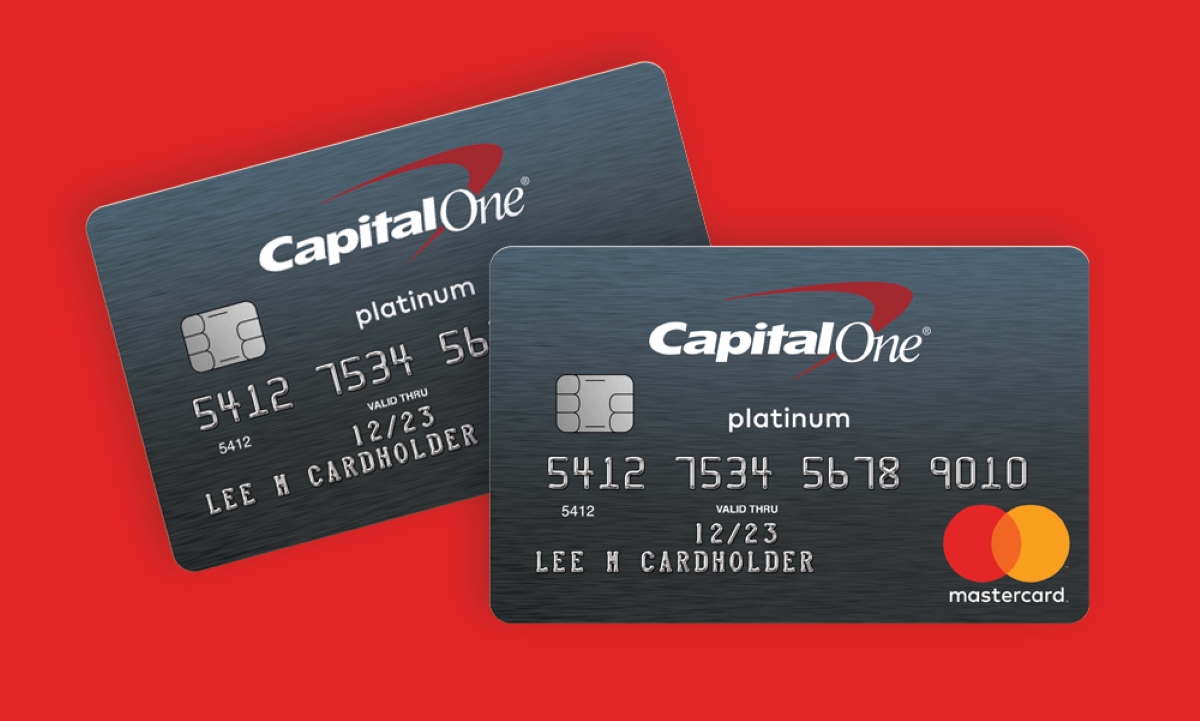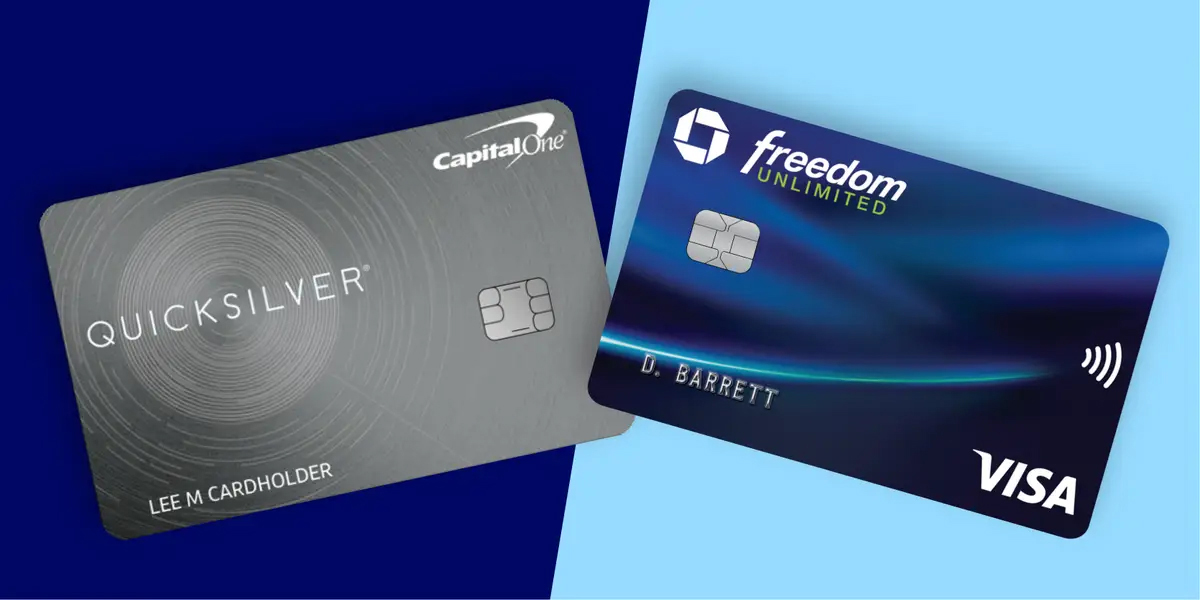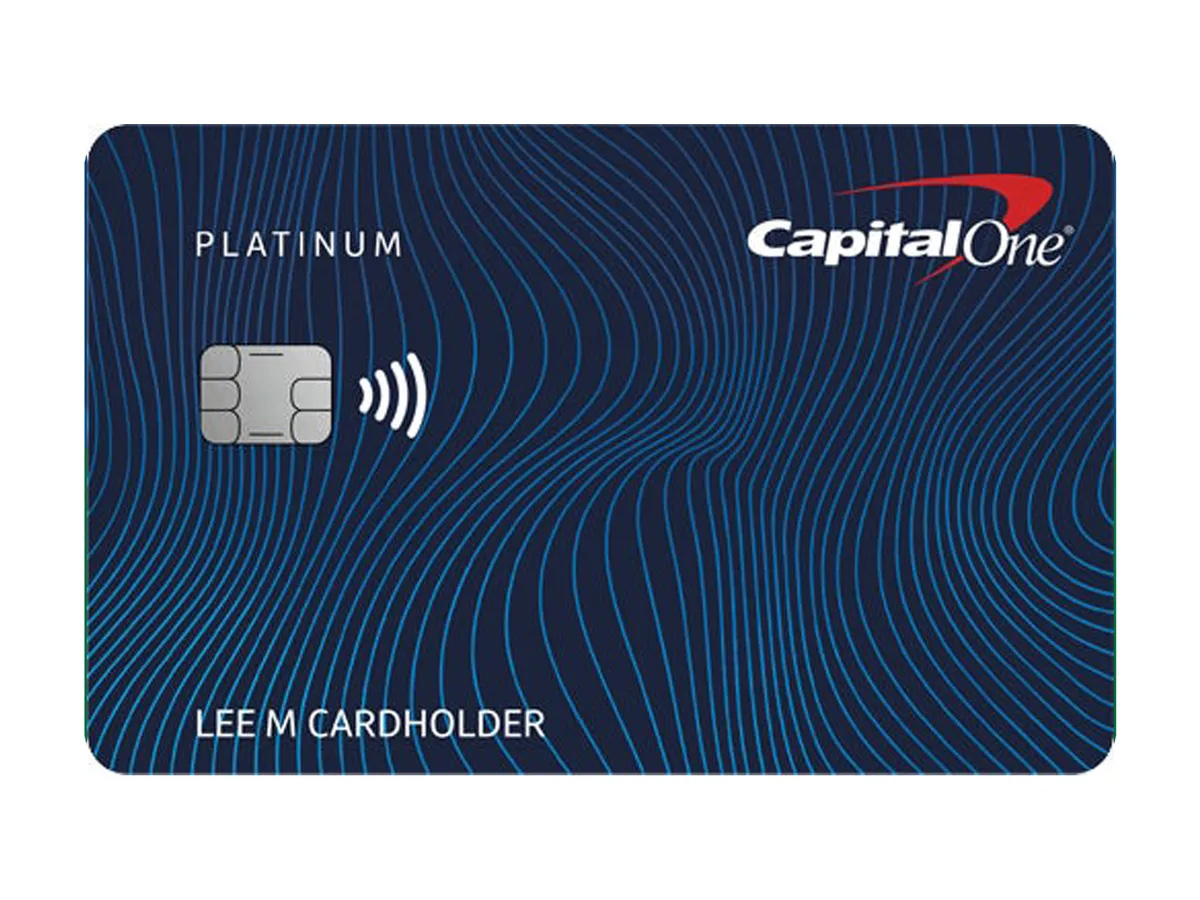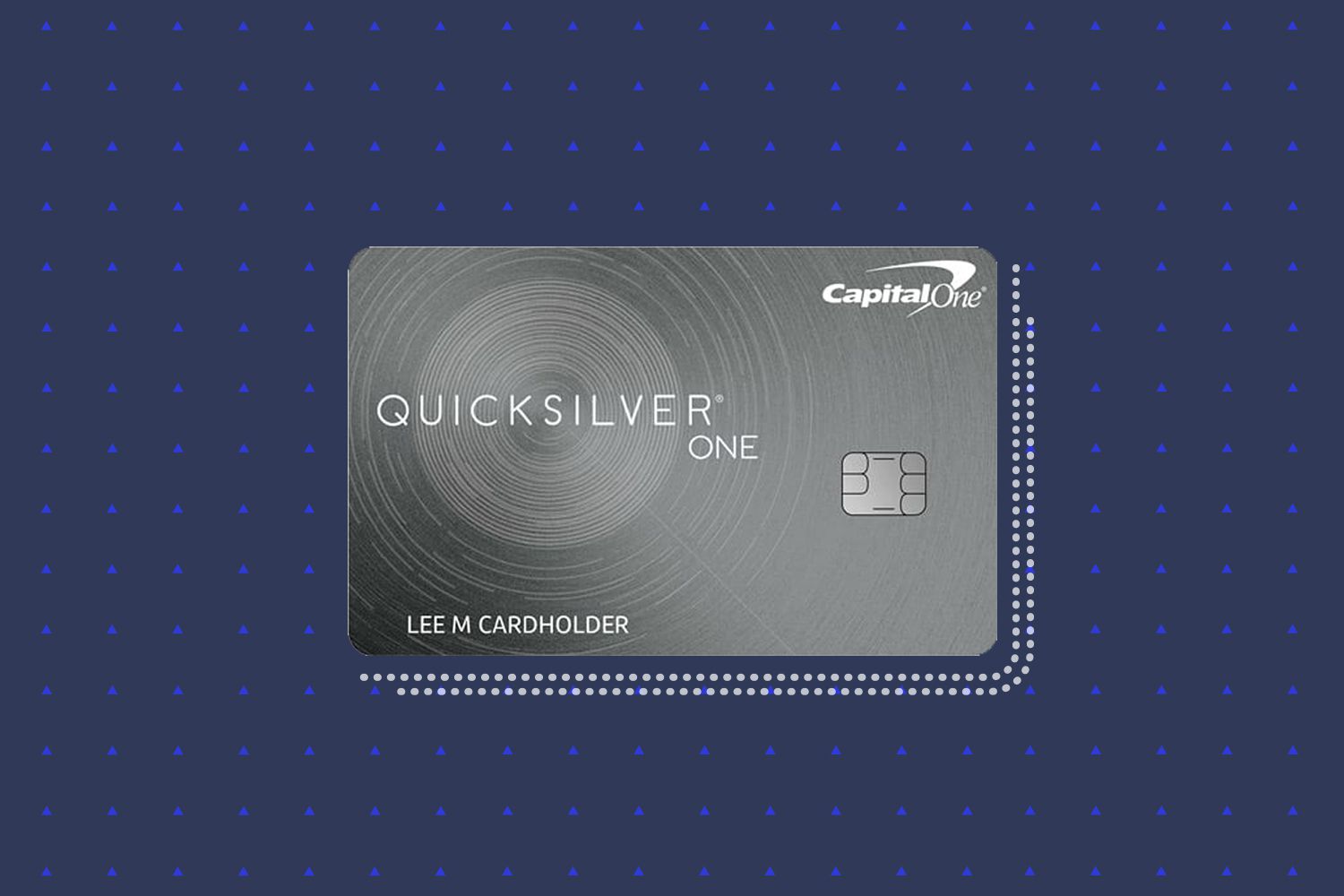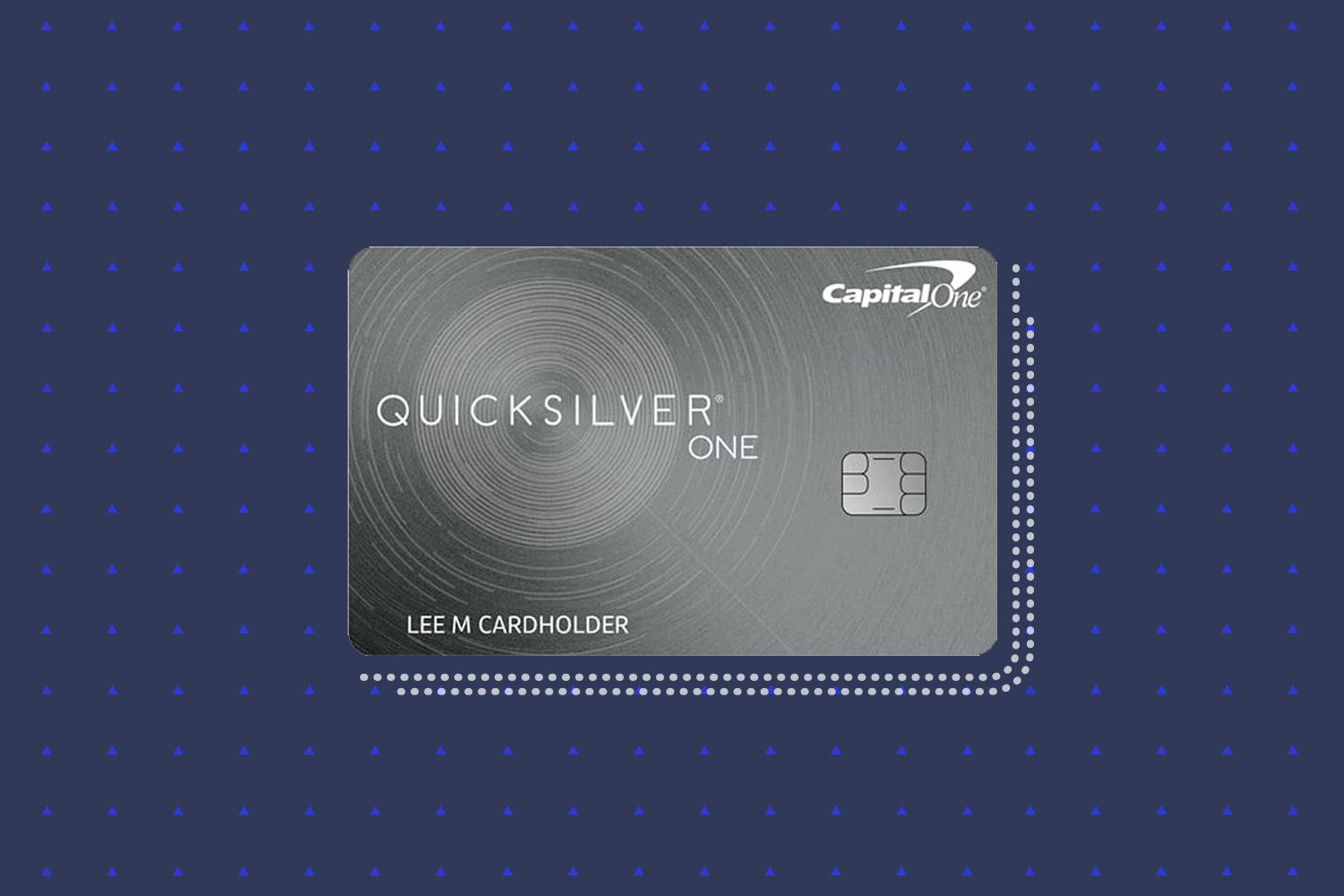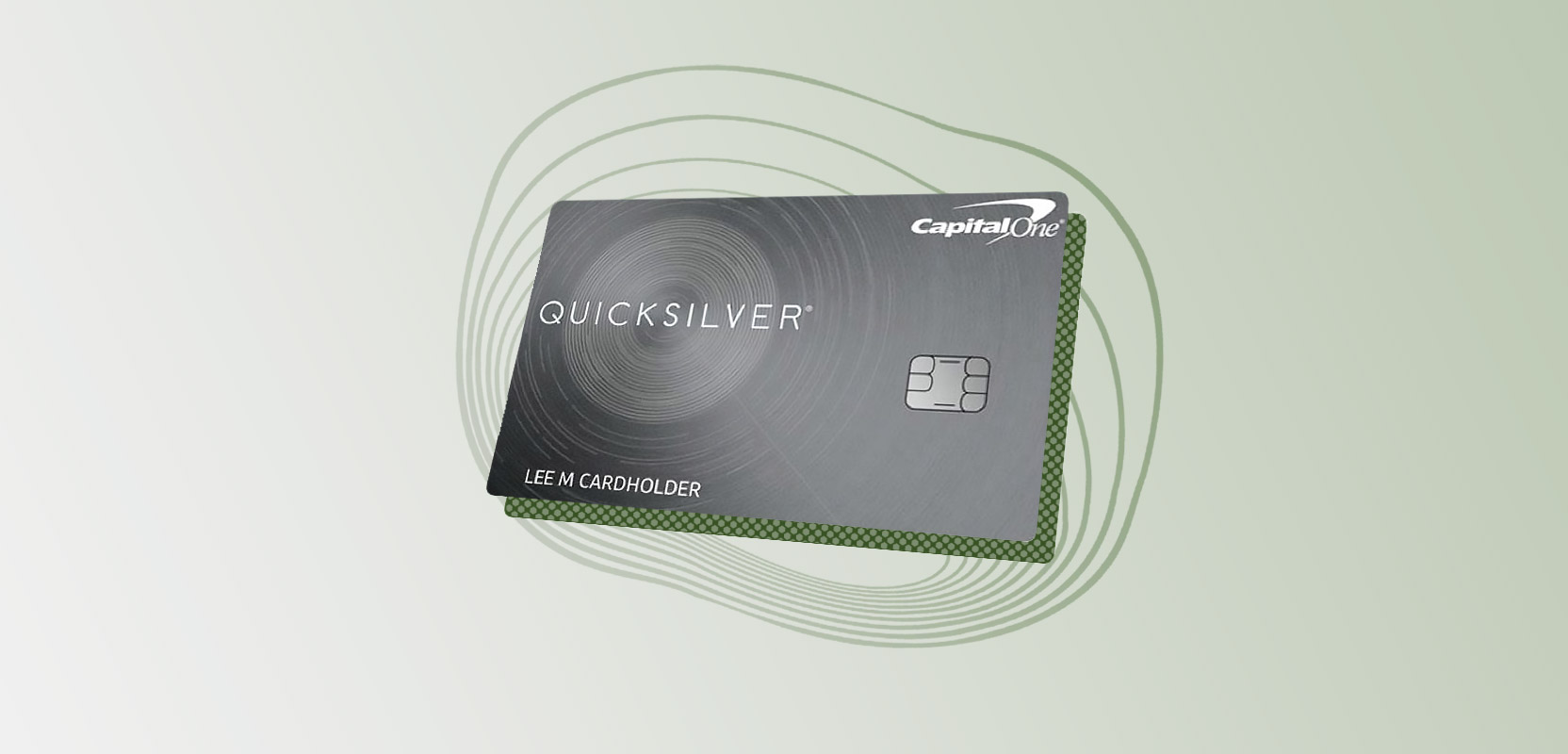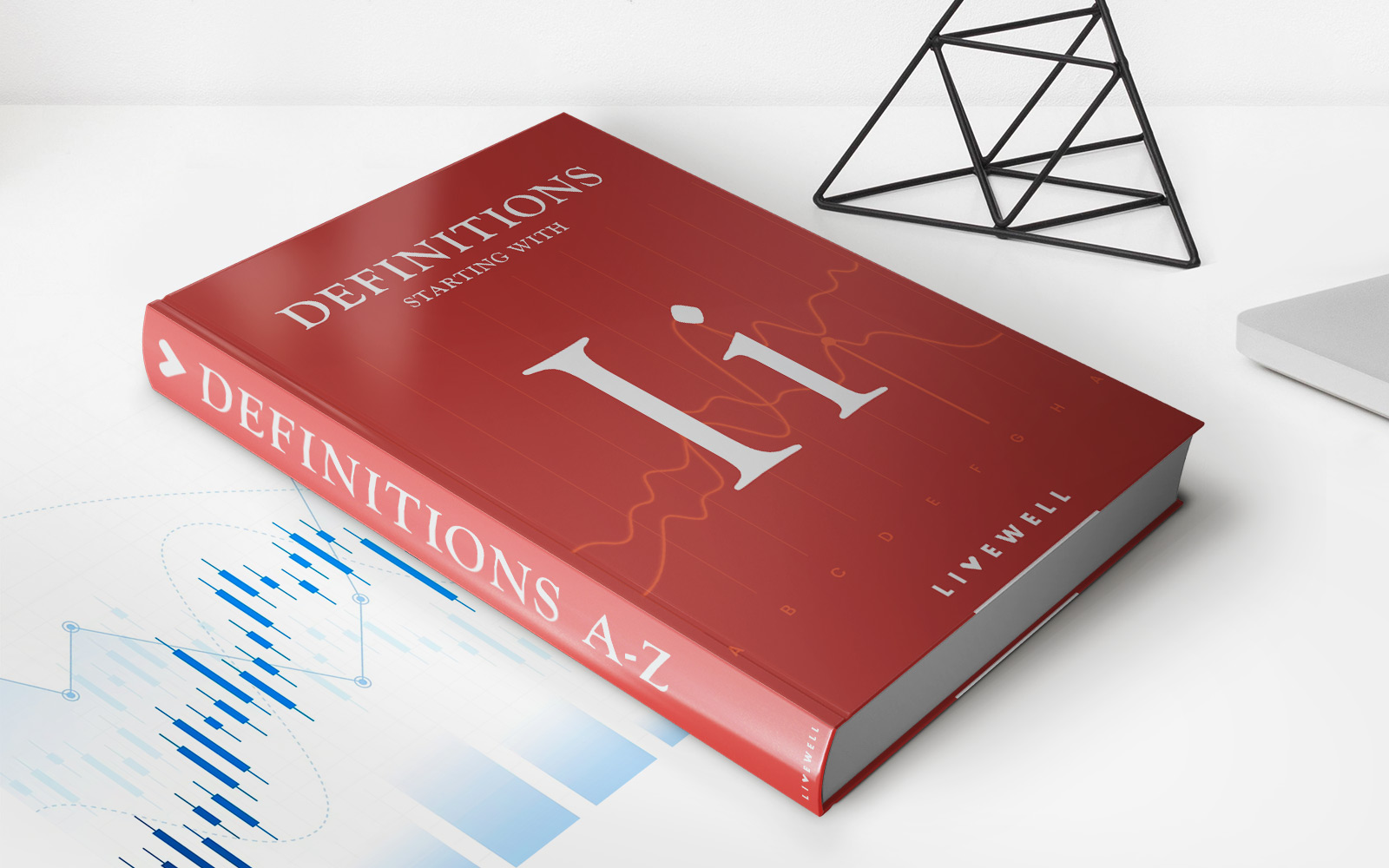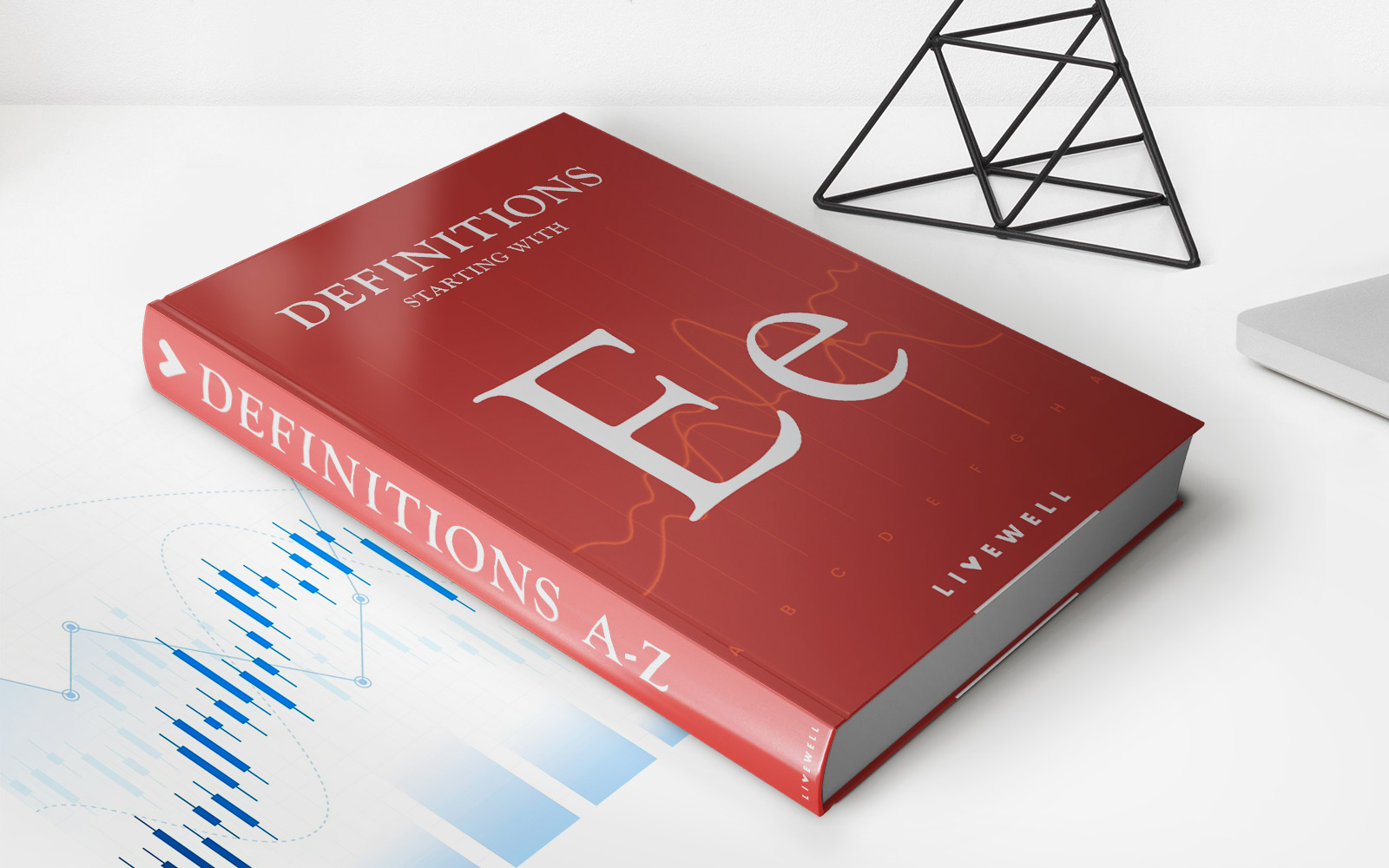Home>Finance>Which Credit Card Is Better Capital One Platinum Or Quicksilver


Finance
Which Credit Card Is Better Capital One Platinum Or Quicksilver
Modified: February 21, 2024
Find out which credit card is better for your finances: Capital One Platinum or Quicksilver. Compare benefits, rewards, and interest rates to make an informed choice.
(Many of the links in this article redirect to a specific reviewed product. Your purchase of these products through affiliate links helps to generate commission for LiveWell, at no extra cost. Learn more)
Table of Contents
- Introduction
- Overview of Capital One Platinum Card
- Overview of Capital One Quicksilver Card
- Comparison of Benefits and Features
- Comparison of Annual Fees and Interest Rates
- Comparison of Rewards Programs
- Comparison of Introductory Offers
- Comparison of Additional Perks and Services
- Considerations for Choosing the Best Card
- Conclusion
Introduction
When it comes to choosing a credit card, it’s important to select one that aligns with your financial needs and spending habits. Capital One offers two popular credit cards, the Capital One Platinum Card and the Capital One Quicksilver Card. Both cards come with their own set of benefits and features, and understanding the differences between them can help you make an informed decision.
The Capital One Platinum Card is designed for individuals looking to build or rebuild their credit. It offers a straightforward approach to credit management and comes with valuable features such as fraud protection and access to a higher credit line after making your first five monthly payments on time. This card is especially beneficial for those who may not have a strong credit history or are working towards improving their credit score.
On the other hand, the Capital One Quicksilver Card is geared towards individuals who want to maximize their rewards and enjoy the convenience of cash back. This card offers unlimited 1.5% cash back on all purchases, making it an attractive option for everyday spending. It also comes with a variety of additional perks, such as travel and extended warranty protection, making it a versatile choice for frequent travelers or those who value added benefits.
In this article, we will compare the benefits, features, annual fees, interest rates, rewards programs, introductory offers, and additional perks and services of the Capital One Platinum Card and the Capital One Quicksilver Card. By understanding the similarities and differences between these two credit cards, you’ll be able to determine which one is better suited to your financial goals and lifestyle.
Overview of Capital One Platinum Card
The Capital One Platinum Card is a popular choice for individuals who are looking to establish or rebuild their credit. It offers a range of features and benefits that can help users on their journey to financial stability.
One of the key features of the Capital One Platinum Card is its focus on credit management. Capital One provides access to CreditWise, a tool that allows cardholders to monitor their credit score and track any changes. This can be particularly helpful for those who are working to improve their credit or are new to credit building.
In addition to credit monitoring, the Capital One Platinum Card also offers fraud protection. Cardholders can enjoy peace of mind knowing that they are protected against unauthorized charges thanks to Capital One’s zero liability policy.
Another notable feature of the Capital One Platinum Card is the opportunity for a higher credit line. After making the first five monthly payments on time, cardholders may be eligible for an increased credit line. This can be beneficial for those who are looking to demonstrate responsible credit behavior and potentially access more credit in the future.
While the Capital One Platinum Card does not offer rewards or cash back incentives, it is a solid choice for those who prioritize credit management and are focused on building or rebuilding their credit score. By using this card responsibly, cardholders can improve their creditworthiness and open doors to better financial opportunities in the future.
Overview of Capital One Quicksilver Card
The Capital One Quicksilver Card is a popular choice for individuals who want to earn cash back on their everyday purchases. With its simple and straightforward rewards program, this card offers a range of benefits that can help users maximize their savings.
One of the main highlights of the Capital One Quicksilver Card is its unlimited 1.5% cash back on all purchases. Whether you’re buying groceries, dining out, or booking flights, you can earn cash back on every transaction. This makes it an attractive option for individuals who want to earn rewards without having to keep track of complicated bonus categories.
In addition to its cash back rewards, the Capital One Quicksilver Card offers a variety of other perks. For frequent travelers, this card provides access to travel accident insurance and 24/7 travel assistance services. Cardholders can also benefit from extended warranty protection, helping to safeguard their purchases beyond the manufacturer’s warranty period.
Furthermore, the Capital One Quicksilver Card has no annual fee, making it a cost-effective option for those looking to earn cash back rewards without incurring additional expenses.
When it comes to redeeming your cash back, the process is simple and flexible. Cardholders have the option to receive their cash back as a statement credit or a check, or they can even apply it towards their account balance. This gives users the freedom to choose how they want to use their rewards.
In summary, the Capital One Quicksilver Card is an excellent choice for individuals who want to earn straightforward cash back rewards on their everyday purchases. With its unlimited 1.5% cash back, additional perks, no annual fee, and flexible redemption options, this card offers a great value for those who prioritize simplicity and maximizing their savings.
Comparison of Benefits and Features
When deciding between the Capital One Platinum Card and the Capital One Quicksilver Card, it’s essential to compare the benefits and features offered by each card. Let’s take a closer look at how these cards differ in terms of their perks and features:
Capital One Platinum Card:
- Credit Management: The Capital One Platinum Card is designed for individuals who want to build or rebuild their credit. It provides access to CreditWise, which allows cardholders to monitor their credit score and track any changes.
- Fraud Protection: Cardholders can enjoy peace of mind with Capital One’s zero liability policy, protecting them against unauthorized charges.
- Higher Credit Line: After making the first five monthly payments on time, users may be eligible for an increased credit line. This can be beneficial for building a positive credit history.
Capital One Quicksilver Card:
- Unlimited Cash Back: The Capital One Quicksilver Card offers unlimited 1.5% cash back on all purchases, making it an attractive option for individuals who want to earn rewards on their everyday spending.
- Bonus Perks: In addition to cash back rewards, this card provides travel accident insurance, 24/7 travel assistance services, and extended warranty protection, offering added value to cardholders.
- No Annual Fee: The Capital One Quicksilver Card does not charge an annual fee, making it a cost-effective choice for those looking to earn cash back.
Overall, the Capital One Platinum Card focuses on credit management and is suitable for those looking to improve their creditworthiness. On the other hand, the Capital One Quicksilver Card is ideal for individuals who want to earn cash back rewards on their everyday purchases without the hassle of category restrictions. Consider your priorities and financial goals to determine which benefits and features align better with your needs.
Comparison of Annual Fees and Interest Rates
When choosing a credit card, it’s essential to consider the annual fees and interest rates associated with each option. Let’s compare the Capital One Platinum Card and the Capital One Quicksilver Card in terms of these factors:
Annual Fees:
The Capital One Platinum Card does not charge an annual fee. This can be advantageous for individuals who want to avoid additional expenses and are focused on building or rebuilding their credit.
Similarly, the Capital One Quicksilver Card also does not have an annual fee. This makes it a cost-effective option for those who want to earn cash back rewards without the burden of an annual fee.
Interest Rates:
The interest rates for both the Capital One Platinum Card and the Capital One Quicksilver Card are variable and depend on the cardholder’s creditworthiness. It’s important to note that both cards have higher interest rates, so paying your balance in full each month is advisable to avoid accruing interest charges.
It’s worth mentioning that both cards offer an introductory APR period for purchases and balance transfers. This period can be advantageous for saving on interest charges if you plan to make a large purchase or transfer a balance from another credit card.
Keep in mind that while the Capital One Platinum Card is designed for credit building, it may have a slightly higher interest rate compared to the Capital One Quicksilver Card. This is due to the different target audiences and risk profiles associated with each card.
Overall, in terms of annual fees, both the Capital One Platinum Card and the Capital One Quicksilver Card offer the advantage of no annual fees. However, it’s crucial to remember that interest rates can vary based on your creditworthiness, so understanding and managing your payments is essential to avoid high interest charges.
Comparison of Rewards Programs
One of the key aspects to consider when choosing a credit card is the rewards program. Let’s compare the rewards programs offered by the Capital One Platinum Card and the Capital One Quicksilver Card:
Capital One Platinum Card:
The Capital One Platinum Card does not have a rewards program. The focus of this card is primarily on credit building and responsible credit management. While it may not offer direct rewards, using this card responsibly can help improve your credit score over time.
Capital One Quicksilver Card:
The Capital One Quicksilver Card comes with a straightforward and rewarding program. Cardholders can earn unlimited 1.5% cash back on all purchases, making it a great option for those who want to maximize their rewards on everyday spending. There are no complicated bonus categories to worry about, and the cash back is automatically credited to your account.
Whether you’re buying groceries, dining out, or booking travel, you can earn cash back on all transactions with the Capital One Quicksilver Card. This makes it an attractive option for individuals who prefer simplicity and want to earn rewards without the hassle of tracking spending categories.
Additionally, the cash back rewards earned with the Capital One Quicksilver Card can be redeemed at any time and for any amount. Cardholders have the flexibility to apply the cash back as a statement credit, receive a check, or even use it towards their account balance. This allows for ultimate flexibility in how your rewards are used.
Comparison:
In terms of rewards, the Capital One Quicksilver Card clearly has the advantage. With its unlimited 1.5% cash back on all purchases, it provides a straightforward and easily accessible rewards program. While the Capital One Platinum Card does not offer direct rewards, it can still be a valuable tool for credit building and improving your financial standing in the long run.
Ultimately, the choice between these two cards will depend on whether you prioritize earning cash back rewards or building/rebuilding your credit. Consider your financial goals and spending habits when deciding which rewards program aligns best with your needs.
Comparison of Introductory Offers
Introductory offers can be an enticing factor when choosing a credit card. Let’s compare the introductory offers provided by the Capital One Platinum Card and the Capital One Quicksilver Card:
Capital One Platinum Card:
The Capital One Platinum Card does not currently offer a specific introductory offer. However, it does provide the opportunity for cardholders to access a higher credit line after making their first five monthly payments on time. This can be considered as a form of introductory offer tied to credit line increases.
Capital One Quicksilver Card:
The Capital One Quicksilver Card offers a competitive introductory offer for new cardholders. Currently, it provides a cash bonus for spending a certain amount on purchases within the first few months of card ownership. These offers may vary, so it’s important to check the details and eligibility requirements before applying.
The specific terms and conditions of the introductory offer, including the minimum spend threshold and the timeframe to meet it, will be provided by Capital One at the time of application. Taking advantage of these introductory bonuses can provide a valuable head start in earning cash back rewards.
It’s worth noting that introductory offers can change over time, so it’s important to review the latest terms and conditions before applying for a particular card.
Comparison:
While the Capital One Platinum Card does not offer a specific introductory offer, its potential for credit line increases can be valuable for those aiming to build or rebuild their credit. On the other hand, the Capital One Quicksilver Card provides a cash bonus for new cardholders who meet the spend threshold within the required timeframe.
If an introductory offer is a significant factor in your decision-making process, the Capital One Quicksilver Card’s cash bonus offer may hold more appeal. However, it’s important to weigh this against other factors such as annual fees, interest rates, and rewards programs in order to make a well-rounded decision.
Consider your spending habits and financial goals to determine which card’s introductory offer, if any, aligns best with your needs and preferences.
Comparison of Additional Perks and Services
When comparing credit cards, it’s essential to consider the additional perks and services they offer. Let’s examine the additional benefits provided by the Capital One Platinum Card and the Capital One Quicksilver Card:
Capital One Platinum Card:
- Credit Monitoring: The Capital One Platinum Card comes with access to CreditWise, a tool that allows you to monitor your credit score and track any changes. This feature can help you stay on top of your credit and make informed financial decisions.
- Fraud Protection: Cardholders of the Capital One Platinum Card benefit from Capital One’s zero liability policy, providing protection against unauthorized charges. This can offer peace of mind and financial security.
- Higher Credit Line: The Capital One Platinum Card provides an opportunity for an increased credit line after making the first five monthly payments on time. This can be advantageous for those looking to demonstrate responsible credit behavior and potentially access more credit in the future.
Capital One Quicksilver Card:
- Travel Benefits: The Capital One Quicksilver Card offers travel accident insurance, providing coverage in case of accidental death or injury while traveling. Additionally, cardholders have access to 24/7 travel assistance services, which can be valuable in times of emergencies or travel-related concerns.
- Extended Warranty Protection: With the Capital One Quicksilver Card, purchases made with the card may receive extended warranty protection. This can help protect your purchases beyond the typical manufacturer’s warranty period.
- No Foreign Transaction Fees: The Capital One Quicksilver Card does not charge foreign transaction fees, making it an excellent option for international travel or online purchases from foreign merchants.
Comparison:
When it comes to additional perks and services, the Capital One Quicksilver Card offers a broader range of benefits compared to the Capital One Platinum Card. It includes travel accident insurance, extended warranty protection, and no foreign transaction fees. These perks can be particularly appealing to frequent travelers or those who want added value from their credit card.
While the Capital One Platinum Card may have fewer additional perks, it still offers valuable features such as credit monitoring and fraud protection. These services can help users manage their credit and ensure their financial security.
Consider your lifestyle, spending habits, and priorities when comparing the additional perks and services of the two cards. Determine which benefits align with your needs and provide the most value to you.
Considerations for Choosing the Best Card
Choosing the best credit card for your needs requires careful consideration of several factors. Here are some key considerations to help you make an informed decision between the Capital One Platinum Card and the Capital One Quicksilver Card:
Credit Building vs. Rewards:
Consider whether your priority is building or rebuilding your credit or maximizing rewards. If you are focused on improving your credit score, the Capital One Platinum Card may be the better choice, as it is designed specifically for credit building. On the other hand, if you prioritize earning cash back rewards on your purchases, the Capital One Quicksilver Card offers an unlimited 1.5% cash back on all purchases.
Annual Fees:
Both the Capital One Platinum Card and the Capital One Quicksilver Card do not charge an annual fee. This makes them both cost-effective options. Consider whether the absence of an annual fee is a significant factor for you in choosing a credit card.
Interest Rates:
Take note of the variable interest rates associated with both cards. While paying your balance in full each month is advisable to avoid interest charges, understanding the potential interest rates is important, especially if you anticipate carrying a balance. Keep in mind that the Capital One Platinum Card may have a slightly higher interest rate compared to the Capital One Quicksilver Card due to the different target audiences and risk profiles associated with each card.
Rewards and Perks:
Consider the rewards and additional perks offered by each card. The Capital One Quicksilver Card provides cash back rewards and additional benefits such as travel accident insurance, extended warranty protection, and no foreign transaction fees. The Capital One Platinum Card may not offer rewards, but it focuses on credit management and provides access to CreditWise and fraud protection.
Your Financial Goals and Lifestyle:
Ultimately, choosing the best card depends on your financial goals, spending habits, and lifestyle. Consider what features and benefits align with your needs and priorities. If you travel frequently, the travel perks of the Capital One Quicksilver Card may be appealing. If you are working on building your credit, the credit management features of the Capital One Platinum Card may be more beneficial.
Take the time to thoroughly evaluate these considerations and determine which card best aligns with your financial goals and lifestyle. Remember to review the terms and conditions of each card, including any potential introductory offers, to make an informed decision.
Conclusion
The decision between the Capital One Platinum Card and the Capital One Quicksilver Card ultimately depends on your individual financial goals and preferences. Here is a summary of key points to consider:
The Capital One Platinum Card is ideal for individuals who are focused on building or rebuilding their credit. It offers useful features such as credit monitoring and the opportunity for a higher credit line after making the first five monthly payments on time. While it does not have a rewards program, it provides a pathway to improved creditworthiness and financial stability.
The Capital One Quicksilver Card, on the other hand, is designed for those who want to earn cash back rewards on their everyday purchases. With its unlimited 1.5% cash back and additional perks like travel insurance and extended warranty protection, this card is well-suited for individuals who value simplicity and maximizing their savings.
When making your decision, consider factors such as annual fees, interest rates, rewards programs, introductory offers, and additional perks and services. Evaluate your spending habits, financial goals, and preferences to determine which card aligns best with your needs.
If building credit is your primary objective, the Capital One Platinum Card may be the better choice. However, if earning cash back rewards and taking advantage of additional perks are more important to you, the Capital One Quicksilver Card offers a compelling package.
Both cards offer the trusted and reliable services of Capital One, along with valuable features that can enhance your financial journey. Remember to review the latest terms and conditions for each card to ensure you have the most accurate and up-to-date information.
Ultimately, the best card for you is the one that aligns with your financial goals and offers the most value for your individual circumstances. Consider the benefits, features, and rewards associated with each card to make an informed decision that will help you achieve your financial aspirations.
